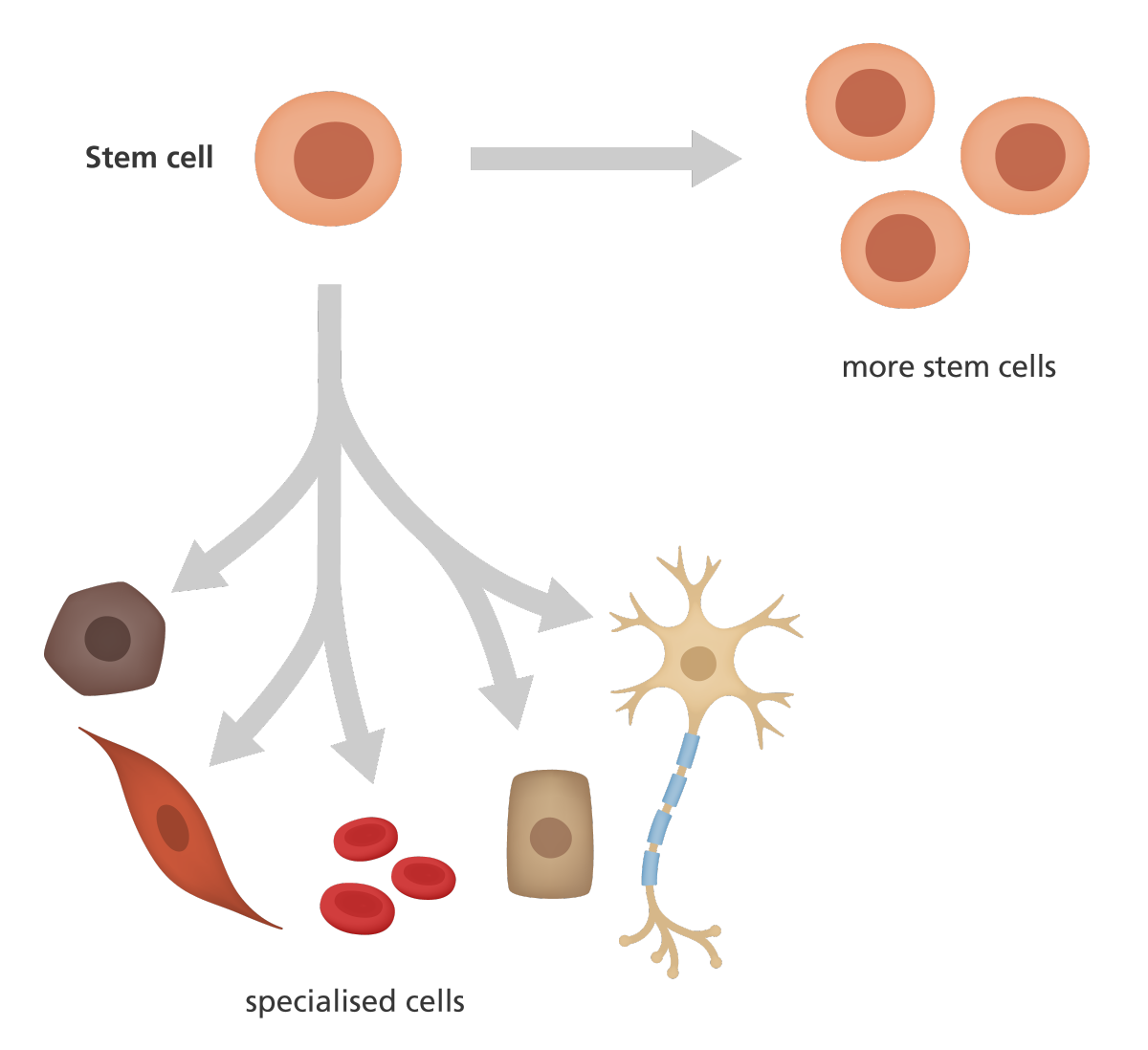Ad Code
Translate
List of 6,000+ Dofollow Commentluv Blogs FREE (Updated 2025)
January 16, 2025
What is Ozempic (semaglutide)? (Updated in 2025)
January 30, 2025
How To Find Suitable Properties In Cyprus? (Updated in 2025)
January 11, 2025
Smart strategies for trading on crypto exchanges
April 23, 2025
All you need to know about stem cell
Khabza Mkhize
May 11, 2020
Types of stem cells
Stem cells are of three kinds embryonic, adult, and induced pluripotent stem cells.- Embryonic stem cells: they are found into the young embryo and provide the initial pool of cells that will develop into the full organism at birth. These cells are known to be pluripotent, which denotes the ability to transform into any cell of the body, including gametes.
- Adult stem cells: They are found in the bone marrow and in most tissues after birth. They supply new cells to the growing body and also replace damaged cells. While being able to become virtually any cell, they can only transform into cells of the tissue in which they reside. They are also known as multipotent cells, which means that they can transform into many cell types, but not gametes. When they enter a tissue, they become tissue-committed stem cells and can become the various cell types of that tissue. For example, skin stem cells can transform into keratinocyte and hair follicle, while brain stem cells can transform into neuron and glial cells.
- Induced pluripotent stem cells: Scientists produce these cells in the laboratory by using healthy adult cells and reprogramming them to become a stem cell. The induced stem cells behave essentially like embryonic stem cells and can change into any cell type.
Uses of stem cell
In therapy: degenerative diseases are the consequence of cellular loss or loss of cellular function. At times, the body’s own ability to repair is not sufficient and the process of cellular loss leads to the development of a disease. Stem cell therapy essentially provides additional stem cells to the body in order to replace lost or damaged cells.Any degenerative disease resulting from cellular loss, such as diabetes, Parkinsons’, heart disease, vascular diseases, and stroke to name a few, can benefit from stem cell therapy. Examples stem cell treatments include:
- Systemic injection of adipose-derived stem cells to help regenerate an organ or a tissue, including the pancreas, the heart or the brain.
- Stimulation of the release of one’s own stem cells in order to increase the number of circulating stem cells, thereby enhancing the ability of the body to repair.
- In cases of severe burns, stem cells can be used to develop new skin or simply applied on the open wound to help generate new healthy skin
- Stem cell therapy could form the basis for the treatment of AMD (Age-related Macular Degeneration). Such people lose their sight when the Retinal pigment epithelium (RPE) cells in the retina stop functioning. Pluripotent stem cells made in laboratories will replace damaged RPE cells
- Residual corneal stem cells can be extracted, grown in a lab, and then re-injected in the cornea to effectively repair corneal burn.
- Stem cells can be used to produce new organs for transplant. Using one’s own stem cells eliminates the challenge of rejection. Considering the constant shortage of organs for transplant, this application holds much promise for the future.
In research: Several studies on stem cells are being conducted all over the world to better understand how the body work normally and what is the cellular process underlying disease development. The ways in which the research on stem cells can be useful are:
- Studies on stem cell help in understanding how the human body grows and develops by understanding the properties and communication of the stem cells
- It can help in developing methods whereby stem cells can be used for replacing damaged and lost tissues
- It is useful in studying the specialization of some cells for body functions and the consequences of the wrong process during disease or treatment.
- If the process of stem cell functioning and development is clearly understood, then doctors will be able to replicate the development of new cells, tissues and also organs
- It can help in developing new organs, tissues, and cells to be used in transplantation
- To develop organs and tissues and use them to study how they react to drugs
How does Stem Cell Restore Supplement Helps?
It is clear that the stem cell plays a crucial role in supporting the body function not only under normal conditions but during an external attack in the form of disease or injury. The working of stem cell restore supplement is unique, and hence researchers are keen to understand its development and growth to employ its therapy in different treatment, particularly the lapse of breast and prostate cancer.Featured Post
12 Prominent new technologies and trends emerging in 2025
Khabza Mkhize-
April 02, 2025
Soapie Teasers
Sister Sites
Most Popular
List of 6,000+ Dofollow Commentluv Blogs FREE (Updated 2025)
January 16, 2025
Smart strategies for trading on crypto exchanges
April 23, 2025
Popular posts
List of 6,000+ Dofollow Commentluv Blogs FREE (Updated 2025)
January 16, 2025
Smart strategies for trading on crypto exchanges
April 23, 2025
Footer Menu Widget
Created By Blogspot Theme | Distributed By Gooyaabi Templates


0 Comments